Rock and concrete demolition is a critical task in construction, mining, and various industries. Two popular methods for breaking down tough materials are perforation drilling, often referred to as honeycomb drilling when using a hammerhead on an excavator, and the use of expanding grout. In this article, we will examine the key differences between these methods, and expand upon why perforation drilling typically has a slower pace and higher costs in comparison.
- Perforation Drilling (Honeycomb Drilling) – A Traditional Approach: Perforation drilling (or more commonly known as honeycomb drilling) when executed with a hammerhead attachment on an excavator, involves drilling a series of closely spaced holes into the rock or concrete. These holes weaken the material, allowing for controlled breaking using hammers or other mechanical tools. While this method has been relied upon for decades, it comes with some notable drawbacks that contribute to its slower pace and increased costs:
- a. Time-Consuming Process: The process of drilling numerous holes and subsequently breaking down the material requires multiple steps, leading to extended project timelines.
- b. Mechanical Equipment and Manpower: Honeycomb drilling demands specialized equipment, including hammerhead attachments and skilled operators. This translates to higher labor and machinery costs.
- c. Wear and Tear: Continuous drilling and hammering can result in significant wear and tear on equipment, leading to maintenance and potential downtime, further affecting the project’s efficiency.
- Expanding Grout – A Modern Alternative: Expanding grout, also known as non-explosive demolition agent, offers a more efficient and cost-effective alternative for rock and concrete demolition. This method involves drilling holes into the material and pouring in an expansive grout compound that, over time, generates powerful pressure, causing the material to crack and break. Here’s how expanding grout addresses the shortcomings of perforation drilling:
- a. Reduced Labor and Equipment Requirements: Expanding grout simplifies the process, requiring minimal labor and equipment. This results in lower operational costs and a smaller workforce.
- b. Faster Execution: With minimal setup and fewer steps involved, expanding grout accelerates project timelines. The grout’s gradual expansion also allows for continuous progress without the need for constant supervision.
- c. Less Wear on Equipment: Expanding grout eliminates the constant mechanical stress endured by drilling and hammering equipment, reducing maintenance needs and increasing overall efficiency.
- d. Precision and Control: The controlled expansion of the grout ensures a safer and more predictable demolition process, minimizing the risk of collateral damage to nearby structures.
- Choosing the Right Method: When deciding between perforation drilling and expanding grout, it’s crucial to consider the project’s size, timeline, budget, and specific requirements:
- a. Project Scale: For larger projects, perforation drilling’s slower pace might result in significantly extended timelines and higher costs. Expanding grout can prove more efficient for time-sensitive endeavors.
- b. Budget Constraints: Expanding grout’s reduced labor and equipment needs can help stretch your budget further, making it a cost-effective choice for financially conscious projects.
- c. Environmental Considerations: Expanding grout’s minimal noise, dust, and vibration levels make it an environmentally friendly option, particularly in residential, urban or other sensitive areas.
In the world of rock and concrete demolition, the choice between perforation drilling (honeycomb drilling) and expanding grout boils down to a balance between efficiency, cost-effectiveness, and environmental impact. While perforation drilling has served as a traditional method, the numerous drawbacks it carries, including increased labor, equipment costs, and prolonged timelines, which makes expanding grout a more sought after option as a modern alternative to rock, boulder, and concrete breaking.
By carefully evaluating your project’s specific needs and the factors outlined in this article, you can make an informed decision that ensures successful results while optimizing resources and adhering to best practices.


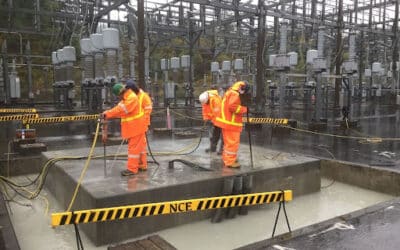
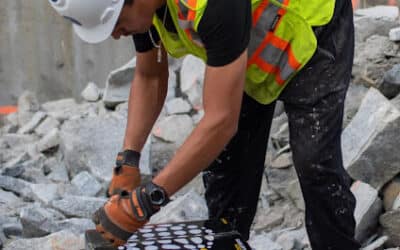
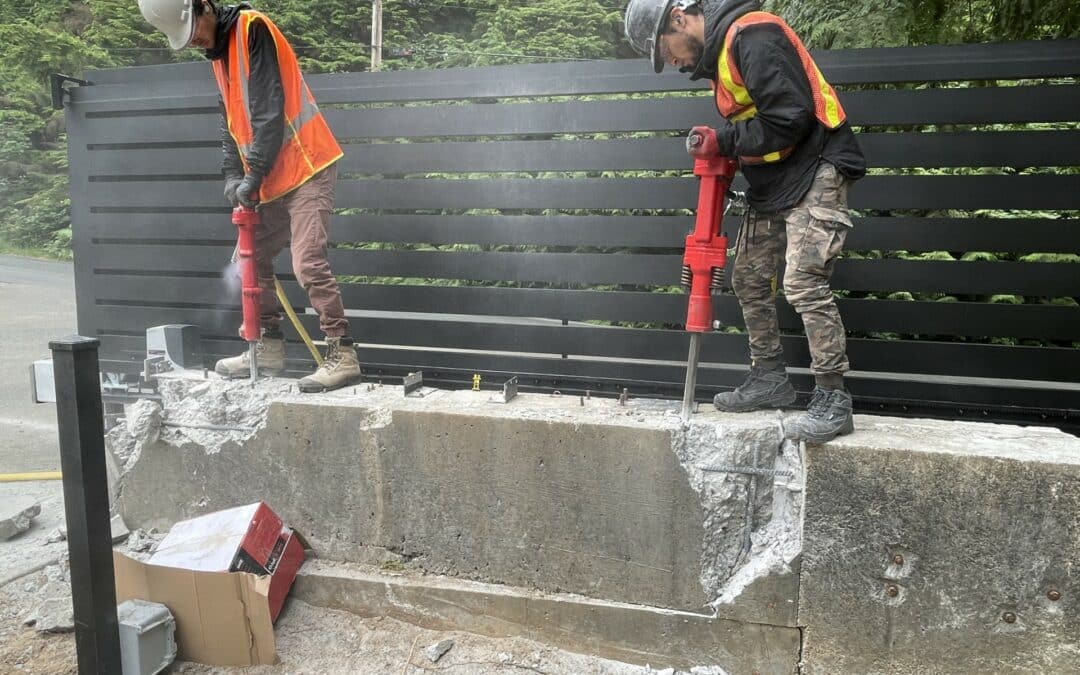
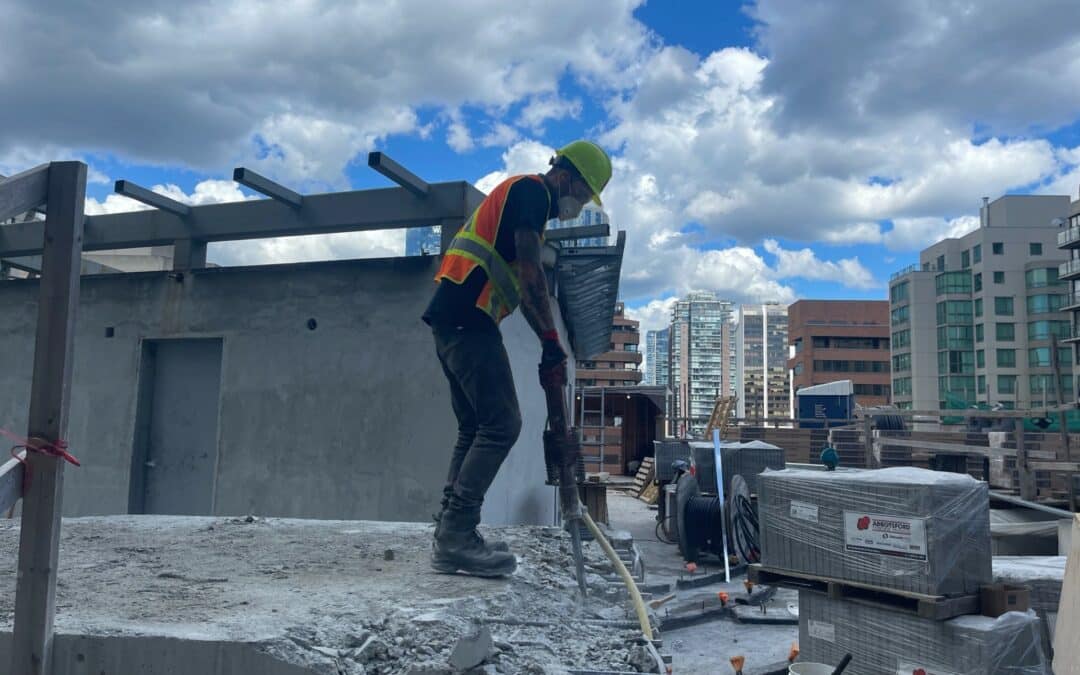
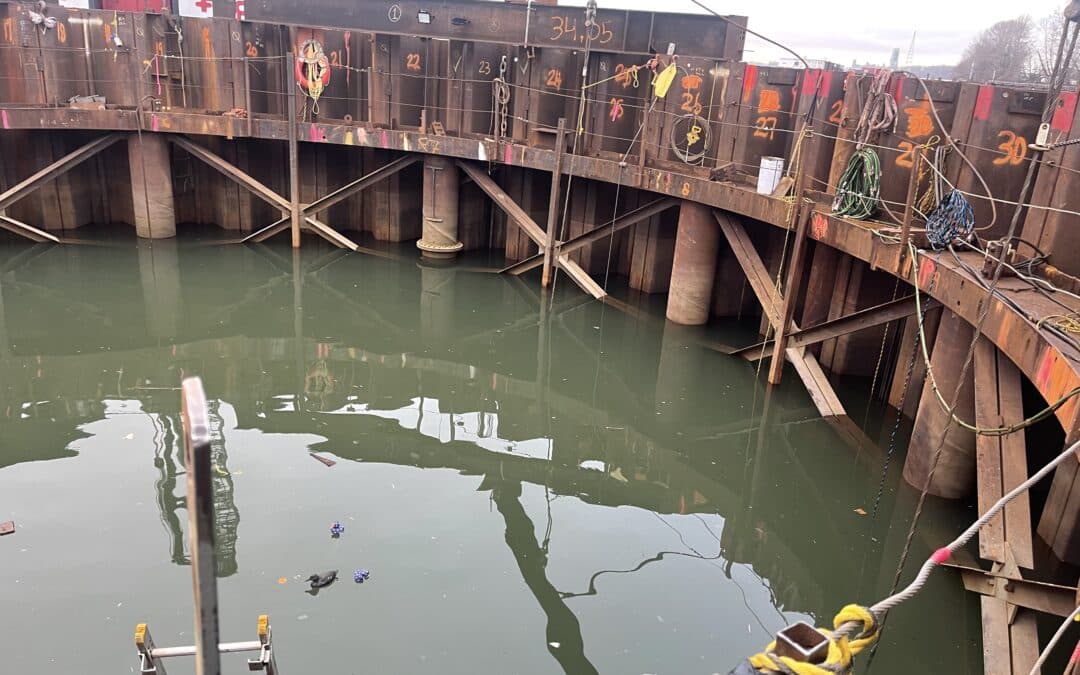

0 Comments